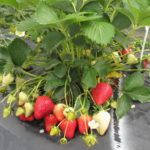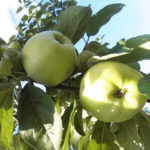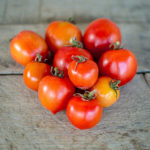Lemon variety Panderoza
This variety is known to many of those who are fond of indoor citrus growing. Compact, unpretentious, surprising with an abundance of fragrant flowers, it is not for nothing that it is considered widespread in home floriculture. If you want to know more about Panderoza - use our article!
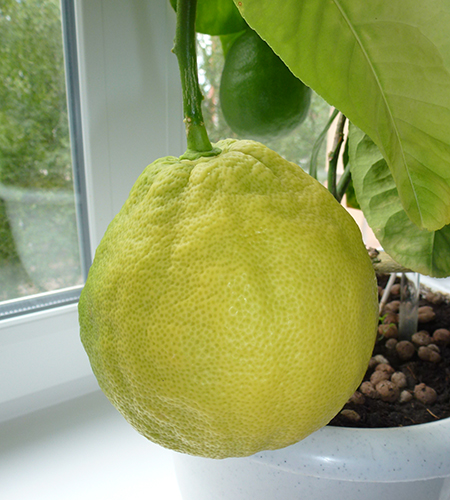
A bit of "pedigree"
Breeders and citrus growers did not come to a consensus on how and where this variety came from. However, American experts will probably disagree with this. They claim that the lemon is sourced from the United States through targeted plant breeding. The details of the birth are also named: the seedling was identified in 1887 in Maryland, in D. Bowman's citrus nursery.
Three years later, the tree that attracted attention was given the name: "American Wonder Lemon". But it did not take root, perhaps due to its cumbersomeness. The current name literally means "heavyweight" (if translated from Spanish). Why the variety was named that way, it will become clear from our further narration.
For more than a century, many citrus growers of Europe cannot agree with this extremely accurate story. According to them, Panderosa is a natural hybrid of lemon and citron. We will not delve into this eternal dispute, having noticed only that a natural hybrid, logically, could have arisen in Mr. Bowman's nursery. Is not it so?

Description of the variety
We have already reported something about Panderoz. We will only add that its main "trademark" is the huge size of the fruit. Their size, and even a bumpy surface, indicate a close relationship with citron.
Crown characteristic
It is compact, rarely grows above one and a half meters in height, which is appreciated in indoor citrus growing. The leaves are large, hard, rich green. The leaf stalks are short; small lionfish are often observed on them, which also indicates a relationship with citron. The leaf plate is round or oval, smooth to the touch. The branches look sturdy; nevertheless, they often droop under the weight of huge fruits.
The tree is highly decorative, it perfectly tolerates the difficult conditions of a city apartment. It is easy to form a crown, this lemon branches willingly. There are many thorns on the branches.
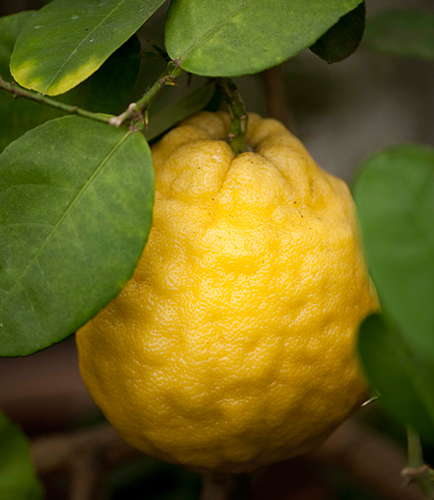
Flowering features
In this component, Panderoza will give odds to any lemon! It is distinguished by literally a riot of flowers, turning into a white ball in good conditions, exuding a pleasant citrus aroma. It is valuable that the variety produces two or even three waves of flowering per year.
Interesting! Panderoza "loves" to bloom so much that it even interferes with rooting. The stalk, having barely released tiny roots, immediately strives to bloom, and even with several flowers! Also, young twigs often bloom to the detriment of the necessary growth.
On the crown, flowers (large, slightly creamy) form loose inflorescences; they unfold uncommonly, gradually, so the flowering wave can drag on for two weeks. The petals of the flower are long, slightly pinkish at the very tips (but not always!).
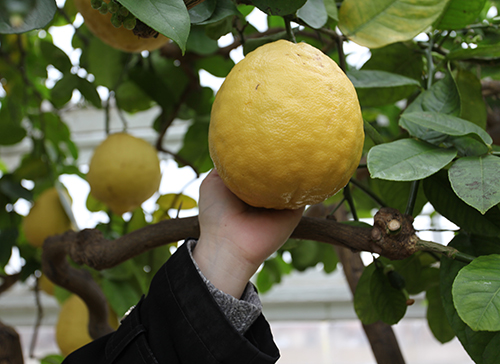
Fruit
It is because of them that the variety was called "heavyweight". Lemon weighing a kilogram is not at all uncommon on the crown of this citrus, there are also heavier! Perhaps some secret "law of justice and balance" is at work here, but it is a fact: with the abundant flowering of giant lemons, few are tied. Most often, even on an adult tree, you can see from 4 to 6 fruits. In a good greenhouse, the number of fruits on a tree can increase many times.
The fruit has a thick, bumpy rind, and the shape slightly resembles either a pear or an egg turned upside down. The fruit is filled with juice, pleasant to the taste, reminiscent of lemon, but almost devoid of characteristic acid.
An important feature is that there are always a lot of seeds inside, sometimes there are several dozen of them! This fact, and even the fact that the fruit is difficult to peel, dramatically reduces the commercial value of this plant. In the USA, it is grown mainly for decorative purposes, and in Europe it is formed under a trellis.
Let's sum up
Panderoza is great for home use, although it is not a commercially attractive crop.To the advantages, which have already been mentioned, you can add a very early onset of fruiting (sometimes in the second year after rooting of the cuttings), undemandingness to light, the ability to easily endure the absence of winter cool rest.
Interesting! On the basis of this variety, several popular clones have been created, which are often served as separate varieties. First of all, these are "Skernevitsky", "Canadian" and "Kiev large-fruited". Probably, "Yubileiny" can also be referred to here (but with it the issue is more controversial).
Add Panderosa lemon to your collection and you will always have the opportunity to surprise your guests with a lush blooming tree with huge, sunny fruits!
